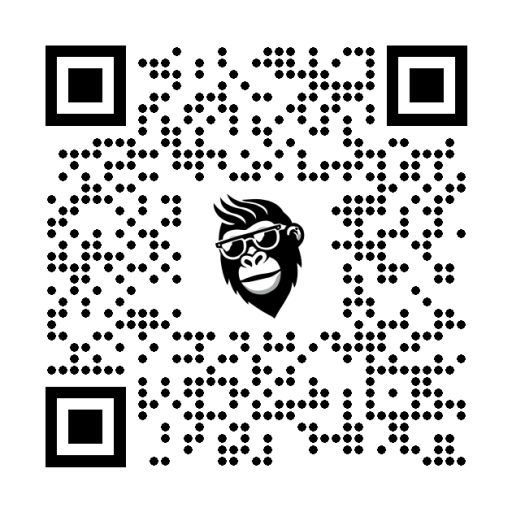
Groerilla Silverback Consulting
Expertise in MedTech – Unlock Innovation Today
Understanding the Latest FDA Guidance on Software Validation
On September 24, 2025, the FDA released its final guidance “Computer Software Assurance for Production and Quality System Software.” This new guidance builds upon established CSV principles while introducing more flexible, risk-based approaches specifically for production and quality system software.
Rather than replacing traditional GAMP 5 methods, the FDA guidance offers pragmatic extensions: high-risk functions maintain comprehensive validation while lower-risk applications can leverage vendor assessments and unscripted testing. The challenge for MedTech companies lies in understanding where each approach provides value and how to integrate them effectively.
To help visualize these concepts and their practical application, we’ve created a comprehensive comparison that maps traditional CSV practices against the new FDA recommendations. This interactive guide illustrates the overlap areas, key differences, and provides practical integration strategies for organizations looking to evolve their validation approaches while maintaining compliance.
Explore the visual comparison below to understand how GAMP 5 and FDA CSA can work together in your validation strategy.
FDA Computer Software Assurance vs CSV Concept
Bridging Risk-Based Approaches for Production & Quality System Software
by Dr. Sebastian Grömminger, created with Claude AI Sonnet 4
- Risk-based framework: Focus effort based on process risk to device safety/quality
- Intended use driven: Validate software based on specific intended use in production/QS
- Flexible testing: Scripted vs unscripted testing based on risk level
- Least-burdensome: No more validation than necessary to address risk
- Leverages vendor validation: Use supplier assessments and existing validation
- Digital records preferred: System logs, audit trails over paper documentation
- Continuous monitoring: Ongoing performance monitoring throughout lifecycle
- GAMP 5 categories: Systematic classification of software complexity
- V-Model approach: Specification and verification in parallel phases
- IQ/OQ/PQ phases: Installation, Operational, Performance Qualification
- URS/FRS/DS: User Requirements, Functional Requirements, Design Specification
- Traceability Matrix: End-to-end requirement traceability
- Documented protocols: Formal test protocols and reports
- Change control: Formal change management and revalidation
- Maintains critical process parameters affecting device safety
- Measures/inspects product with limited human review
- Performs automated process corrections
- Generates instructions for use/labeling
- Automates safety-critical surveillance/trending
- Collects/records data for monitoring purposes
- CAPA routing and automated logging
- Data management and organization
- Supporting production/quality system
- Automated calculations with human review
Documentation: Detailed protocols, test results, formal reports
Documentation: Summary descriptions, issues found, conclusions
Documentation: Vendor evaluation records, service agreements
Documentation: Electronic records with integrity controls
GAMP 5 Traditional Strengths
- Structured Categories: Clear 1-5 classification system based on software complexity and customization
- V-Model Framework: Parallel specification and verification phases ensuring comprehensive coverage
- Formal Qualification: IQ/OQ/PQ phases with detailed protocols and sign-offs
- Requirements Traceability: End-to-end traceability from URS through testing
- Industry Acceptance: Widely recognized and implemented across pharmaceutical/medical device industries
FDA CSA Extensions Beyond GAMP 5
- Intended Use Granularity: Feature/function level analysis rather than whole system categorization
- Binary Risk Classification: Simplified high/not-high process risk instead of complex RPZ calculations
- Flexible Testing Approaches: Explicit endorsement of unscripted, exploratory, and scenario testing
- Vendor Validation Leverage: Formal recognition of supplier testing and certifications
- Agile-Compatible: Supports iterative development and continuous deployment practices
- Digital-First Documentation: System logs and audit trails preferred over paper protocols
- Continuous Assurance: Ongoing monitoring beyond traditional qualification phases
Want to learn more about actionable Computer Software Validation concepts?
Contact me here:

Groerilla.com | Dr. Sebastian Grömminger
